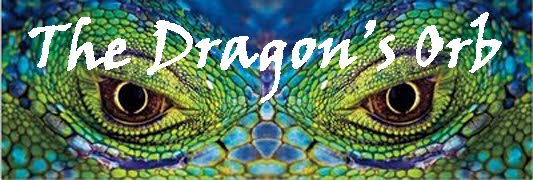What follows is an example of the release motions. In some systems it is called the Hanasu no kata, in another it is the Musubi Renshu.
What I find interesting about it, is that it is done by beginners. It is not the top teacher of a system performing them. It is not even a Yudansha. They are mere beginners, practicing and relishing in their art form. This is what practice looks like. This is what it is to walk the path. They are filmed here proud of their accomplishment, probably not even yet aware of how much further the art goes.
For too long the ART of the martial arts has been controlled by too few. I think, if you drop your own ego and judgements, that a film like this is what Budo is all about. It goes beyond the illusion of invincible warriors. It is the simple act of practice. It is play with a friend.
I will be taking the next few days off. I am sick and am hosting a seminar this weekend at the KyuRyu AikiBudo Dojo. See you on the other side!!
Fear and Pain
2 hours ago






